Neural DSP and Dream Theater’s John Petrucci join forces for the latest Archetype guitar software suite
This is the big one: Petrucci’s amps, cabs, effects and more, all available digitally as a plugin or standalone software tool
Dream Theater’s John Petrucci has joined the likes of Gojira, Tosin Abasi and Cory Wong in teaming up with Neural DSP on a comprehensive guitar plugin and software suite that offers players exacting digital versions of his guitar amps, effects, speaker cabinets and host of other tone-shaping features.
Like the others in Neural DSP’s groundbreaking Archetype series, the Archetype: Petrucci sees the prog-metal guitar virtuoso join the R&D team to recreate his rig in digital form. The Archetype: Petrucci also introduces an all-new Room Mics section that allows you further control over your electric guitar tone via a pair of virtual room mics with selectable distances and level controls.
Neural DSP says that Petrucci has pushed the boundaries of what was possible with guitar playing, and putting the veritable mothership that his guitar rig together was “one of the most formidable challenges we have ever faced as a team”.
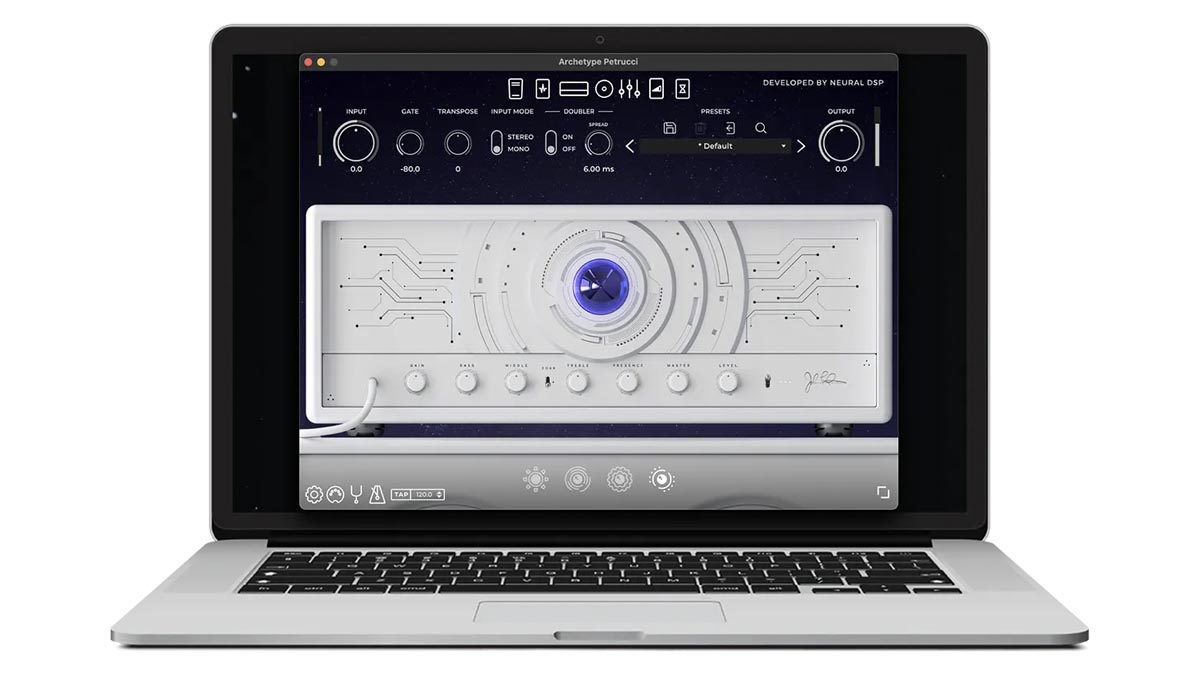
Let’s take a look at what’s included. First up, the Pre Effects section. Here you will find a wah pedal, voiced just like his signature Cry Baby, and a compressor pedal.
Next you have the stompboxes, with Overdrive, Phaser, Chorus, and Flanger. The Phaser has a two-way switch to toggle between traditional phaser pedal and Uni-Vibe models, while the Chorus has selectable tri-chorus and regular chorus pedal modes.
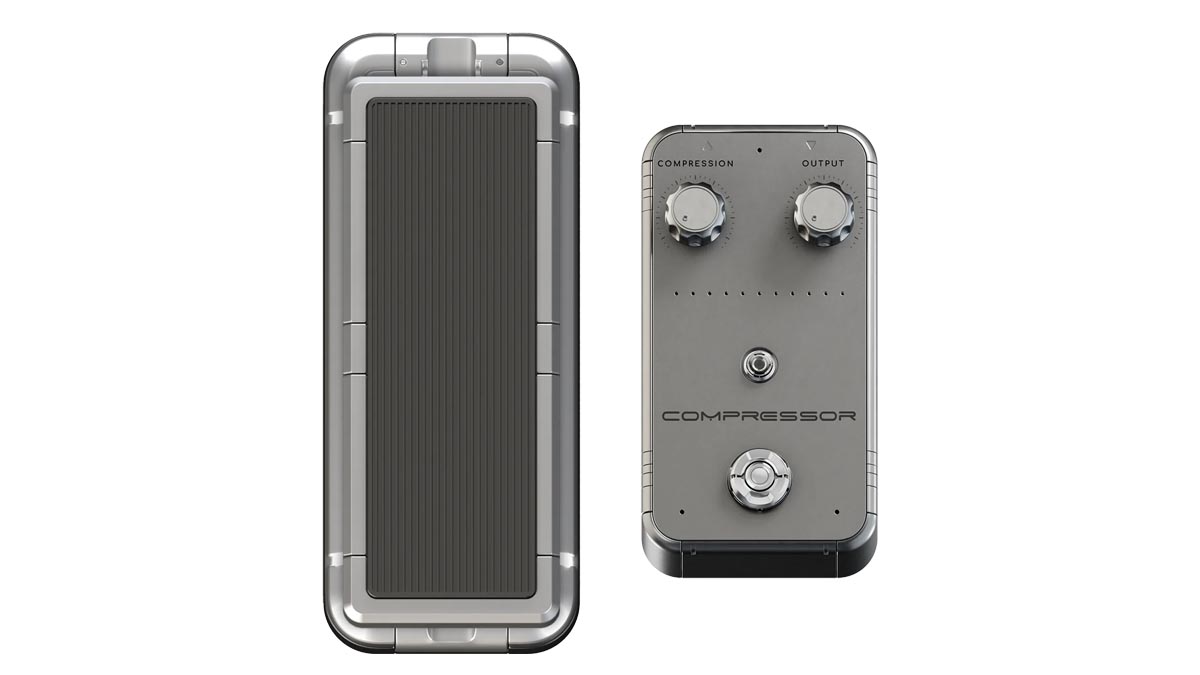
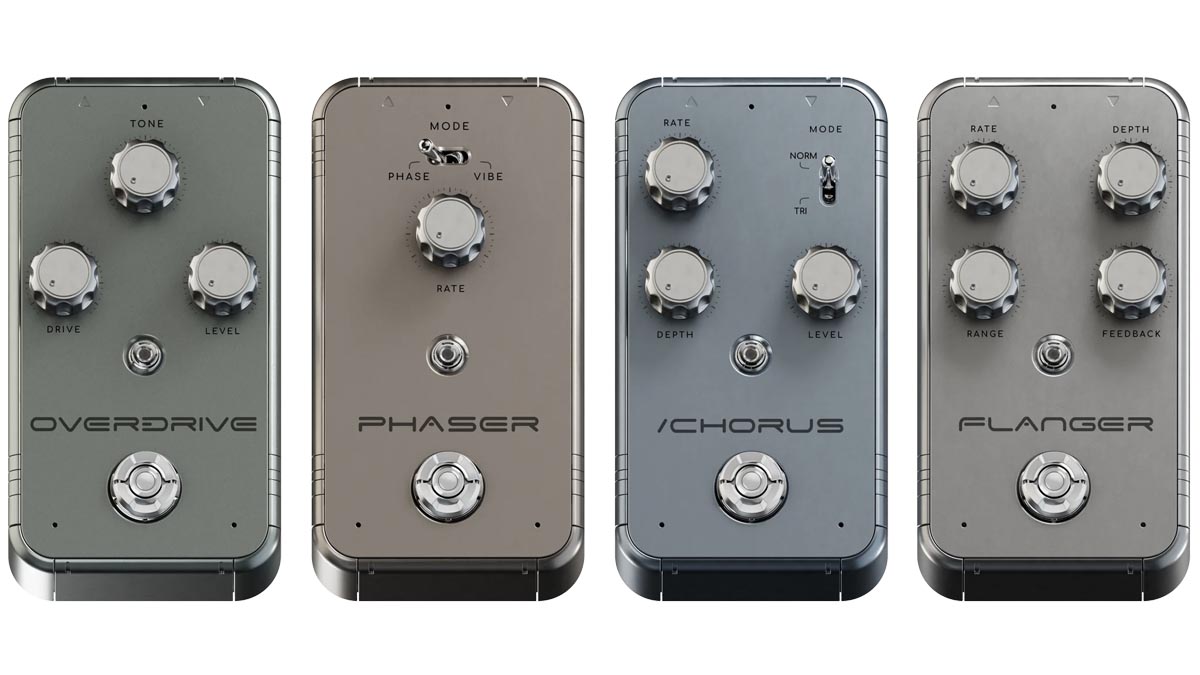
But if you’ve ever seen Petrucci’s rig up close you’ll appreciate that it is the amplifiers where things get really serious. Neural DSP presents Petrucci’s amp sounds in four distinct amps: Piezo, Clean, Rhythm and Lead.
With Petrucci’s Ernie Ball Music Man Majesty and JP signature guitars equipped with an onboard piezo, the Piezo amp will come into its own in as an acoustic guitar amp, but Neural DSP promises it pairs well with single-coil electric guitar pickups, too.
Get the MusicRadar Newsletter
Want all the hottest music and gear news, reviews, deals, features and more, direct to your inbox? Sign up here.
The Clean amp features a bright switch to enhance presence at low volume, while the “thunderous and insanely versatile” Rhythm amp has a Tight knob, Bite switch, and bass control that interacts with the amp's gain structure. Finally, you'll find “sustain and deep harmonic structure” from the Lead amp, and enough gain to split the atom.
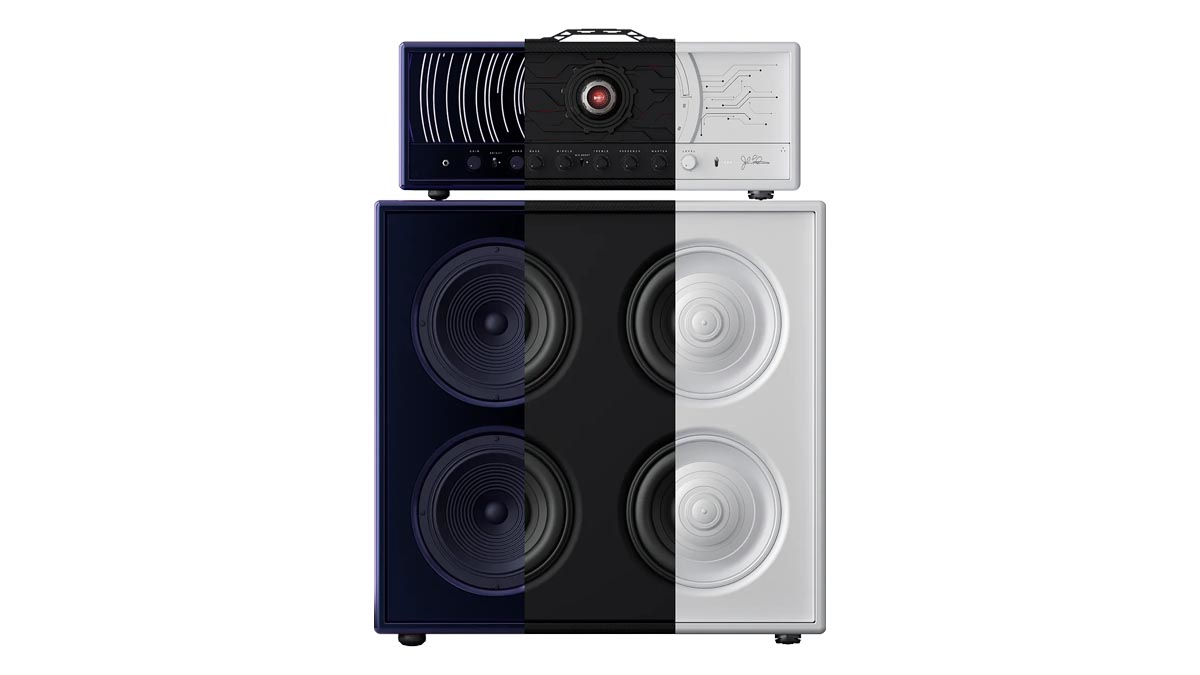
The CabSim module comprises IRs designed by Dream Theater’s sound engineer James ‘Jimmy T’ Meslin, and allows you to upload your own or third-party impulse responses.
You can choose up to six microphones to partner the cabs with full control over their positioning. Once you factor in the Room Mics, the Archetype: Petrucci offers considerable control over the virtual space.
Further signal processing is available via a four-band semi-parametric EQ, and you can assign a separate EQ to each of the four amplifiers. There is also a pitch-shifting transposer, and a doubler, which projects your signal into a stereo spread then gives you control over the size of the spread, which is ideal for widening your sound.
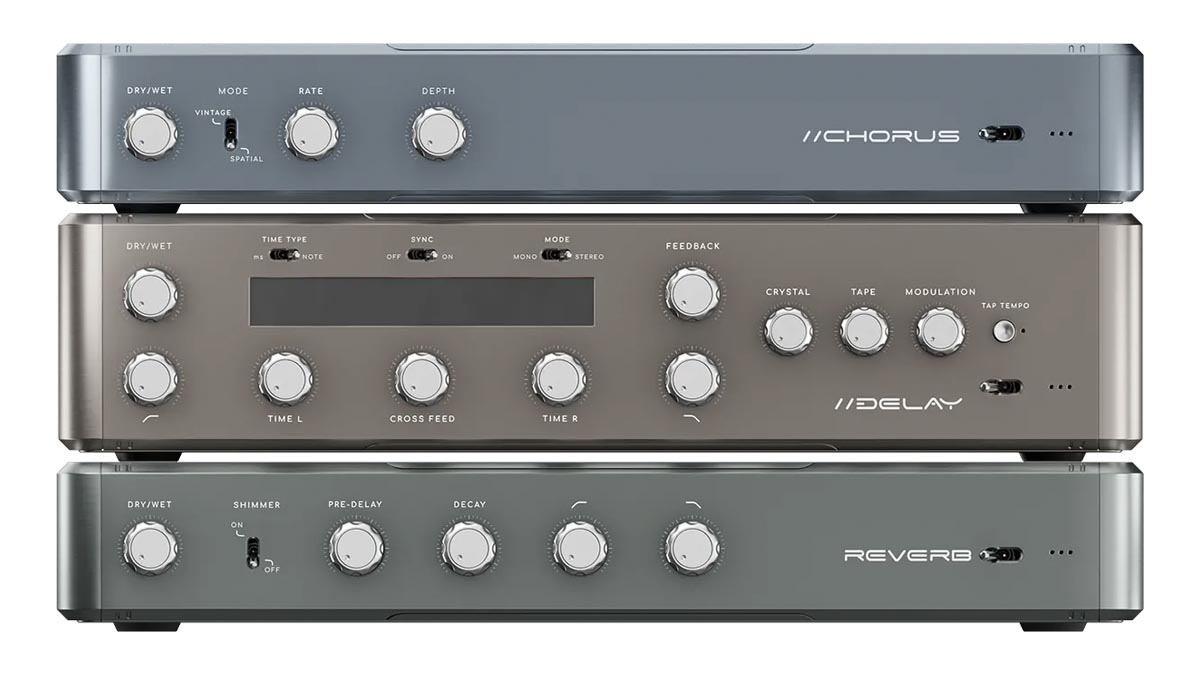
Finally, you’ve got a studio-quality Post Effects section for further rack-mounted audio sorcery, comprising Stereo Chorus and Delay, and a reverb described as dark and foreboding with a celestial shimmer. Far out.
The Archetype: Petrucci is available now on 64-bit VST / AU / AAX and, if you don’t have a DAW, as a standalone software package, with the latter also featuring a metronome – essential for workshopping a technique like Petrucci’s. It’s priced €149, but you can have a 14-day trial for free.
See Neural DSP for more details.
Jonathan Horsley has been writing about guitars and guitar culture since 2005, playing them since 1990, and regularly contributes to MusicRadar, Total Guitar and Guitar World. He uses Jazz III nylon picks, 10s during the week, 9s at the weekend, and shamefully still struggles with rhythm figure one of Van Halen’s Panama.
“I’m beyond excited to introduce the next evolution of the MT15”: PRS announces refresh of tube amp lineup with the all-new Archon Classic and a high-gain power-up for the Mark Tremonti lunchbox head
“These guitars travel around the world and they need to be road ready”: Jackson gives Misha Mansoor’s Juggernaut a new lick of paint, an ebony fingerboard and upgrades to stainless steel frets in signature model refresh










